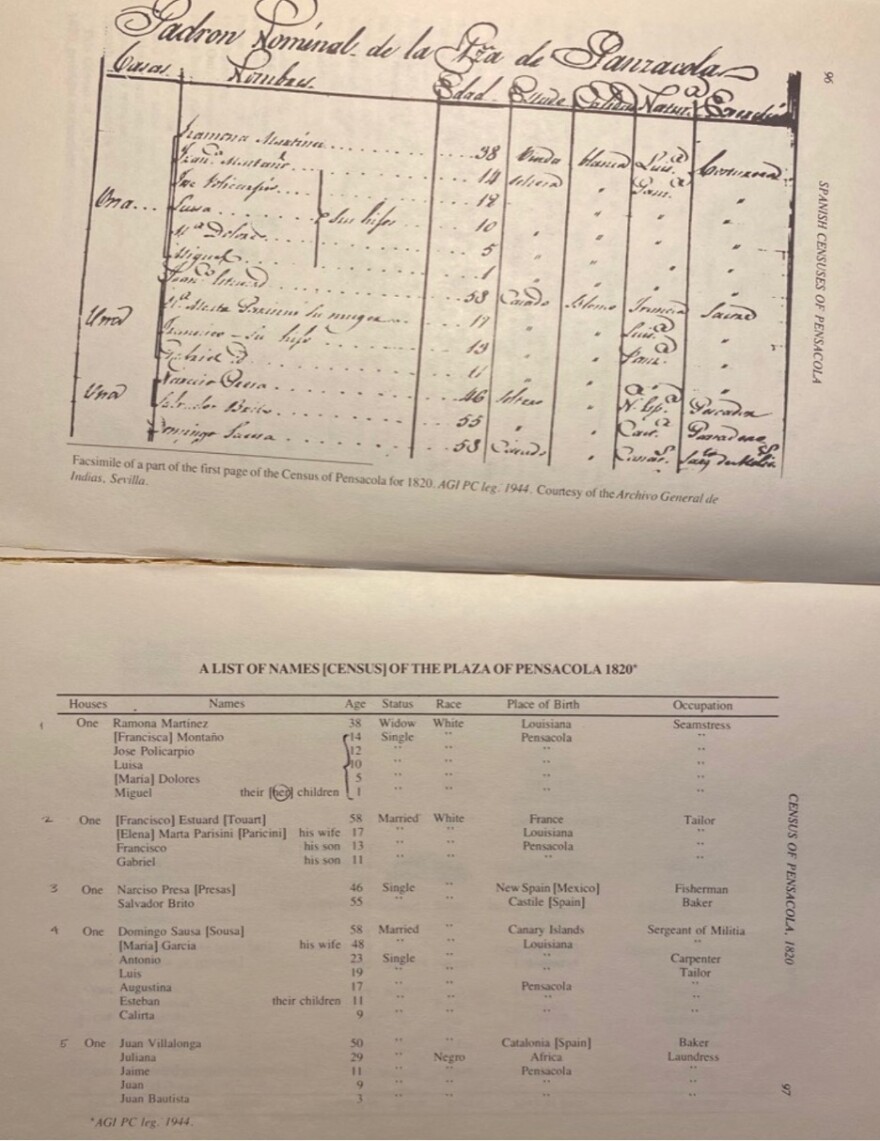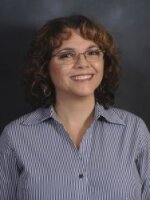As part of Florida's Territorial Bicentennial Celebration and Escambia County’s 200th Anniversary Celebration, organizers have embarked on a quest to identify every person who might have lived in the Pensacola area when it officially became a U.S. territory in 1821.
“We’re calling it “1821: A Pensacola Sampler,” said Margo Stringfield, an archaeologist at the University of West Florida and co-chair of the 200th Anniversary Commission.
“This is one of several products we’re developing - that will be released between now and July 17th - that will give not only the residents of Pensacola, but those who visit us, a real sense of place; who we are, where we came from, how we fit into the great American plan, and who we are as Floridians.”
The first phase of “1821: A Pensacola Sampler,” also referred to as “Faces of Pensacola,” is to identify all the people who were in Pensacola and Escambia County for the changing of the flags, from Spanish to American. The ceremony took place on July 17, 1821.
“Being able to look at that population and give them names and give them depth of person is a very rewarding thing to do,” stated Stringfield. “Because, often the focus on our history is on the big person and the big event; it is not on the people, and that is actually who makes your history and who gives you the rich and diverse heritage that follows down through the years.”
To that end, the West Florida Genealogical Society has taken on the task of digging into the historical records; with independent researcher and society volunteer Erin Renfroe leading the effort.
“We have identified 2,276 individuals who would have been present in the Pensacola area, or the Spanish West Florida area, at the time of the exchange of flags,” said Renfroe.
“Just under half of them, we have not been able to identify by name. We know they were there based on different counts of the population that were done. But, they were either enslaved people or they were rank-and-file military who were not given names in these counts.”
Renfroe says the research, which started about a year ago, has been extensive.
“Many of the normal routes of research were closed to us, because we started this project right about the time Pensacola was starting to shut down because of the pandemic,” she said. “So, I did have to turn to privately held records. Virginia Shelby, who was the past president of the (Genealogical) Society, has ancestors in this area, so she was able to supply the names for a lot of the people in the Escambia River district.”
Additionally, Renfroe utilized numerous digital holdings, researching wills and deeds for Escambia County.

“But, of course, the main thing I used was the 1820 Spanish Census of Pensacola that was done by Dr. William Coker (past president of the Florida Historical society and emeritus professor of history at UWF) back in the 1980’s and that was an absolutely invaluable resource and a jumping off point for all the rest of the research.”
People documented in the 1830 Census helped reinforce the list of 1821 residents. However, Dr. Coker’s book, which transcribed the 1820 Spanish Census of Pensacola, yielded the vast majority of the names.
Additionally, Stringfield says one of the most valuable aspects of that original Spanish enumeration is the inclusion of detailed information about the people, unlike early American censuses, which only listed “Head of Household” by name and everyone else by number.
“It would appear that they are recorded by the streets they lived on, so you’re also able to reconstruct neighborhoods,” said Stringfield, pointing to one example of the vast array of information available in the 1820 Census.
She takes a closer look at the household of Felipe Prieto.
“He was 40 years old in 1820. He was a widower. He was born in Madrid and he was a civil servant. His life companion was a woman named Marianna, and she is listed as a Mestiza. She was born in the Indian Nation and they had two children together. So, you have everyone’s ages."
The record for the Prieto family also documents an occupation that is a reflection of where they would have stood in terms of their socio economic standing.
The 1820 Spanish Census also reflected a diverse local population.
“If you were identified in this census as either a Negro, or a Mulatto, or Pardo, you were a person of color. And, if you were identified in the census, you were also free. You were a free person of color.”

“One Parda woman was Euphrosina Hinnard,” said lead researcher, Erin Renfroe.
“She was born in Louisiana. I believe she was born into slavery, but she had purchased her own freedom or been manumitted by that point," said Renfroe, later clarifying that Hinnard was born to a European man and a free woman of color in New Orleans.
"But, she was in Pensacola and she’s listed as a sales lady, which really undersells what she was doing. She was a property owner and eventually owned slaves herself. But, she had a wonderful scheme for them to sort of create a mortgage for them to purchase their freedom, where she loaned them the money to purchase their freedom and then they would pay her back.”
Now at 2,276 in terms of named and unnamed people identified, the focus is shifting to filling in some of the blanks, rather than finding new people.
That brings us to the next phase of the Sampler project.
In our next Bicentennial Spotlight, we’ll focus on the “Faces of Pensacola – 1821 and 2021,” which is a web-based, interactive mosaic of faces from our modern community honoring the 1821 community. Click on the link to "1821: A Pensacola Sampler" for more information and to sign up.




